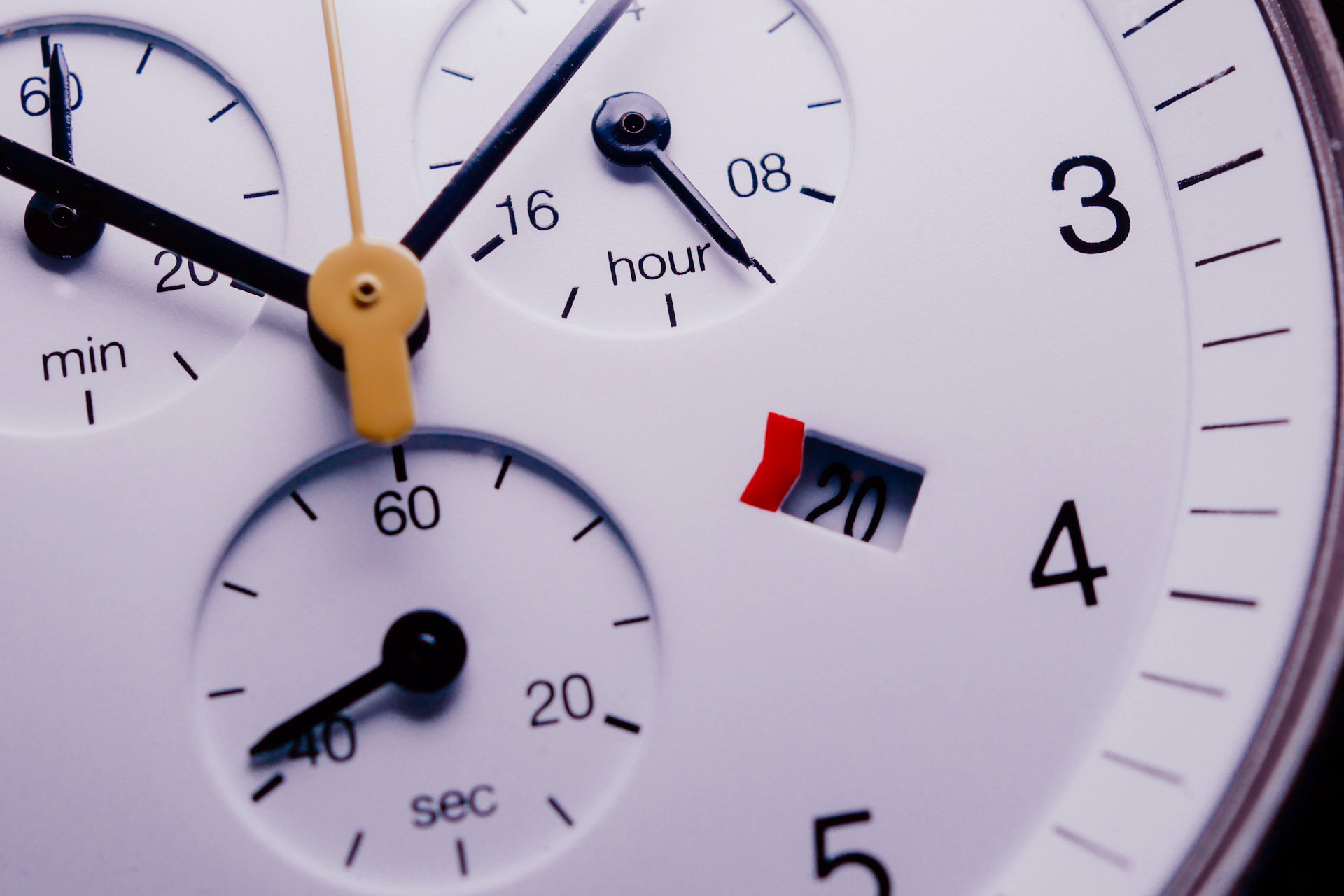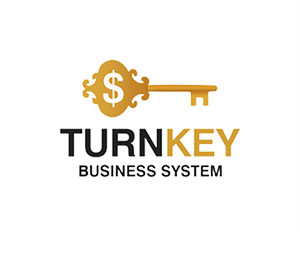War for Milliseconds: Everything You Need to Know About Latency in Forex Price Feeds

War for Milliseconds: Everything You Need to Know About Latency in Forex Price Feeds
In the forex market, where thousands of trades are executed per second, milliseconds can make or break a profit. In the world of high-frequency trading (HFT) and algorithmic strategies, latency has become a key performance indicator for a broker's infrastructure. Even a microscopic delay in data transmission can lead to price deviations, slippage, or missed opportunities.
According to the Bank for International Settlements (BIS), the average daily volume of foreign exchange trading has exceeded $9.6 trillion, and competition for execution speed has reached record levels.
According to the Bank for International Settlements (BIS), the average daily volume of foreign exchange trading has exceeded $9.6 trillion, and competition for execution speed has reached record levels.
What is latency and why is it important?
Latency is the time it takes for data (quotes, orders, server responses) to travel from the liquidity source to the trader's terminal and back.In practice, there are several types of delays:
Network latency is the delay in transmitting a data packet through the network;
Execution latency is the time between pressing a button and executing a transaction;
Market data latency is the delay in updating quotes in the trading terminal.
The shorter the delay, the closer the trader is to the real market price.

War for Milliseconds: Everything You Need to Know About Latency in Forex Price Feeds
Sources of delays
The main factors influencing latency are:The geographical distance between the broker's server and the liquidity provider (e.g. London–Singapore ≈ 170 ms).
Quality of Internet channels and network load level.
Trading software architecture - legacy CRM and APIs can create additional micro-delays.
Connection type: Cloud solutions and VPS provide a more stable response compared to local terminals.
Why is this critical for a trader?
For scalpers, arbitrageurs, and HFT algorithms, even a 10ms delay can lead to significant losses.Example: if the EUR/USD price moves 0.2 pips in 5ms, and your order is executed with a 15ms lag, you effectively lose 0.6 pips on each trade . On a 10-lot trade, that's a $60 loss.
Modern brokers are increasingly implementing AI-based latency prediction mechanisms. AI models analyze network peaks, predict server overloads, and automatically redistribute data streams. This minimizes the risk of slippage and improves quote accuracy.
Solutions that dynamically route price feeds through the nearest data center , ensuring stable execution, are already being tested in MetaTrader 5 and Prop CRM.
Where speed is everything: the geographical aspect
London (LD4) is the world's center of Forex liquidity, with an average latency between the broker and the provider bank of 1–2 ms.New York (NY4) is ideal for trading the dollar and CFD instruments.
Tokyo (TY3) is the leader in the Asian session, providing minimal delays for JPY pairs.
For maximum efficiency, brokers often rent VPS or servers in these data centers, providing traders with ultra-low latency.
How to reduce latency
Use a VPS located close to the broker's server.Work with Tier-1 liquidity providers.
Integrate CRM with MT4/MT5 or cTrader platforms via FIX API.
Monitor network jitter and ping.
Choose brokers with Equinix infrastructure.
Practical case
One European broker reduced latency from 30 ms to 2 ms, migrated its server from Frankfurt to LD4, and implemented FIX API. As a result, execution speed improved by 93%, and the average profitability of active traders increased by 18% per quarter.
By 2026, according to Deloitte, more than 70% of forex brokers will transition to infrastructure with latency below 5 ms. Artificial intelligence and edge computing will become the standard, and latency of tens of milliseconds will be seen as archaic.
Latency isn't just a technical parameter; it's a competitive advantage.
For a trader, it determines execution quality, and for a broker, it determines client trust. The winner is the one who can process data the fastest—after all, the Forex market doesn't wait.
Quote from an fx24 expert
"A millisecond can be worth a million. Both literally and figuratively," emphasizes the fx24 expert.
For a trader, it determines execution quality, and for a broker, it determines client trust. The winner is the one who can process data the fastest—after all, the Forex market doesn't wait.
Quote from an fx24 expert
"A millisecond can be worth a million. Both literally and figuratively," emphasizes the fx24 expert.
By Claire Whitmore
November 12, 2025
Join us. Our Telegram: @forexturnkey
All to the point, no ads. A channel that doesn't tire you out, but pumps you up.
November 12, 2025
Join us. Our Telegram: @forexturnkey
All to the point, no ads. A channel that doesn't tire you out, but pumps you up.









Report
My comments